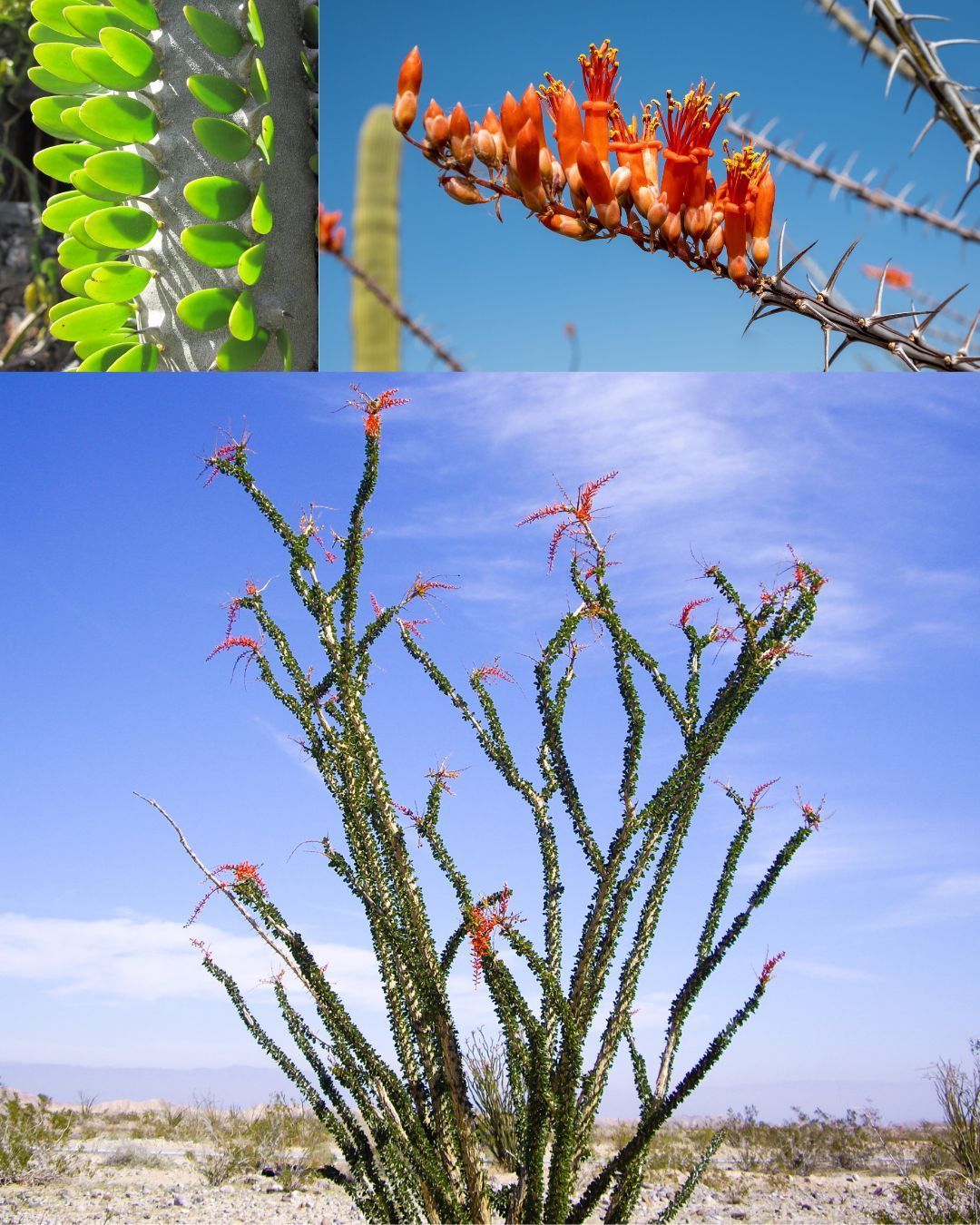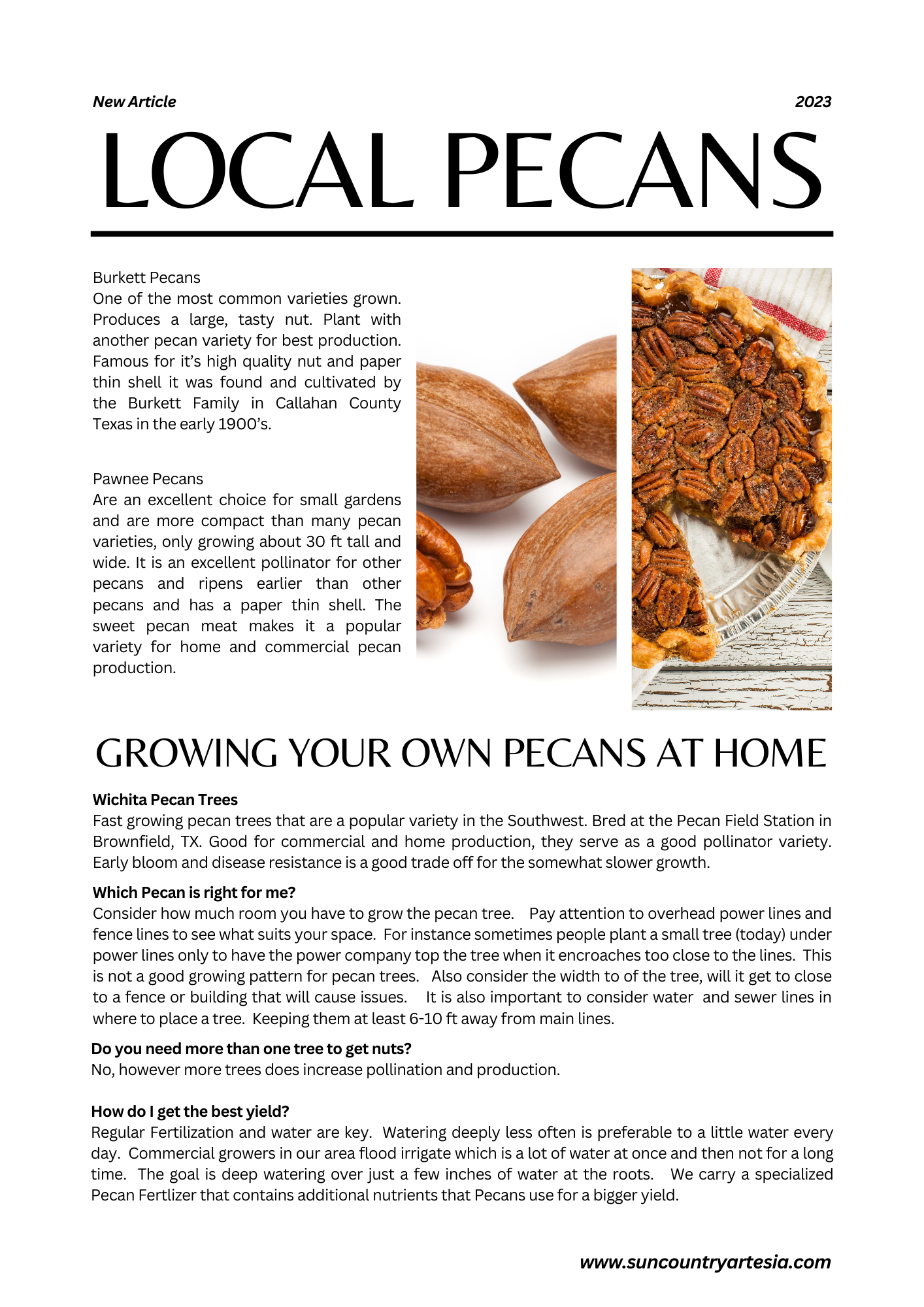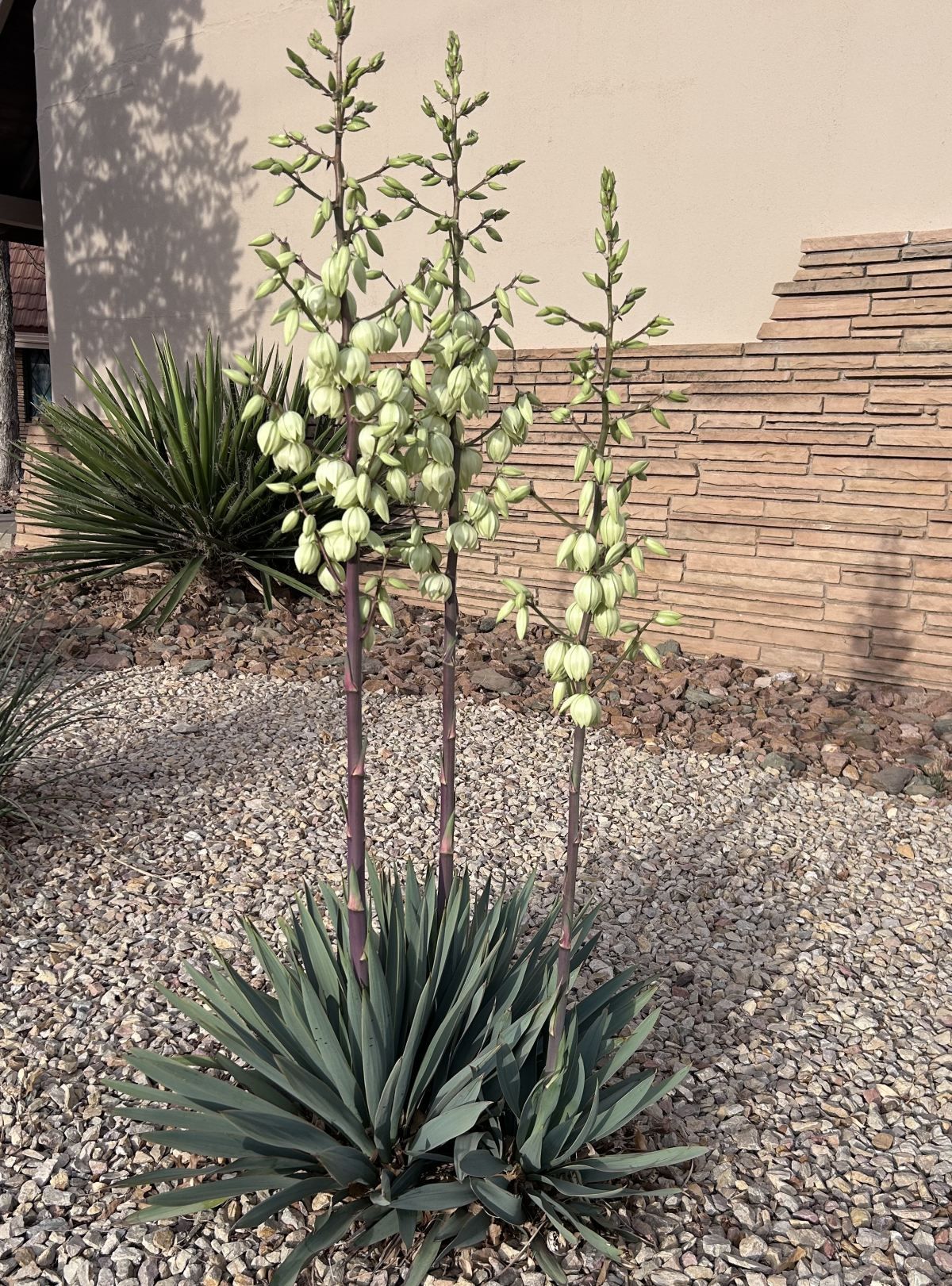Ocotillo Planting and Care
General Information

Fouquieria splendens also called Ocotillo (Oh-co-tea-oh) is native across the Chihuahuan and Sonoran deserts crossing into the Baja of California. Attractive to many native insects and birds who both visit the flowers and eat the seeds. This staple of many native landscapes in New Mexico and Arizona. While it is an easy care plant, it perplexes many gardeners because it is dormant most of the year. In Tucson it is common to see the stalks used for fence posts where the spines provide a natural barrier and some of the stalks take root and grow. It has many ethnobotanical uses and makes a great addition to the landscape. Typically in nature it is seen on hillsides where drainage is good and they plant is shaded part of the day. Large specimens that are field dug, should be oriented to the same direction as it was in the wild. (Please not permits are generally required to dig this plant from the wild, please check local regulations.)
Size: Height: 15-20 ft Width: 10-15 ft
Flower Season: Leafless most of the year, they tend to leaf out after rains most often blooming in late spring early summer. Transplanted ocotillos may take two years to flower.
Cold Hardiness: Zone 7 (10 deg F)
Watering requirements: For new plants once a week during warm months and twice a month in winter for the first two years. Misting the stems with water can be an efficient way to water especially during droughts. They may take a couple of years to show new growth and to establish fully. Don’t give up hope too soon if you think it is dead. They go through dormant periods and drop all leaves at any time of year. It is part of their survival mechanism in the desert. Most established ocotillos do not require any supplemental water during the cooler months and certainly no more than every second to fourth week during the hottest of summers.
Soil Prep:Ocotillos do not need rich soil and would like well draining sandy soil best. Dig your planting hole about twice the size of the container or root ball, but only as deep as the root ball. Water the empty planting hole until full, water should drain in an hour. If it does not drain well, sand is needed to provide adequate drainage. While they can be kept in containers, most are going to do best planted in the ground. If kept in a container mimic natural soil conditions with sand and desert soil. Peat or coco based potting mixes are not recommended. They should not be staked; instead place a heavy rock nearby to keep from blowing down.
Fertilizing: As a rule, they do not require fertilizer. You can apply a mild slow acting fertilizer like root stimulator, fish emulsion or a cactus fertilizer once a year. Root stimulator applied at time of planting can be helpful.
Sun: Sunny spot with 8 or more hours of sunlight a day. Often seen growing on the slopes in valleys for both the drainage and some daily shade.
Pruning – If necessary to prune Ocotillo whips, don’t do it halfway. Remove entire whip at base of plant.





